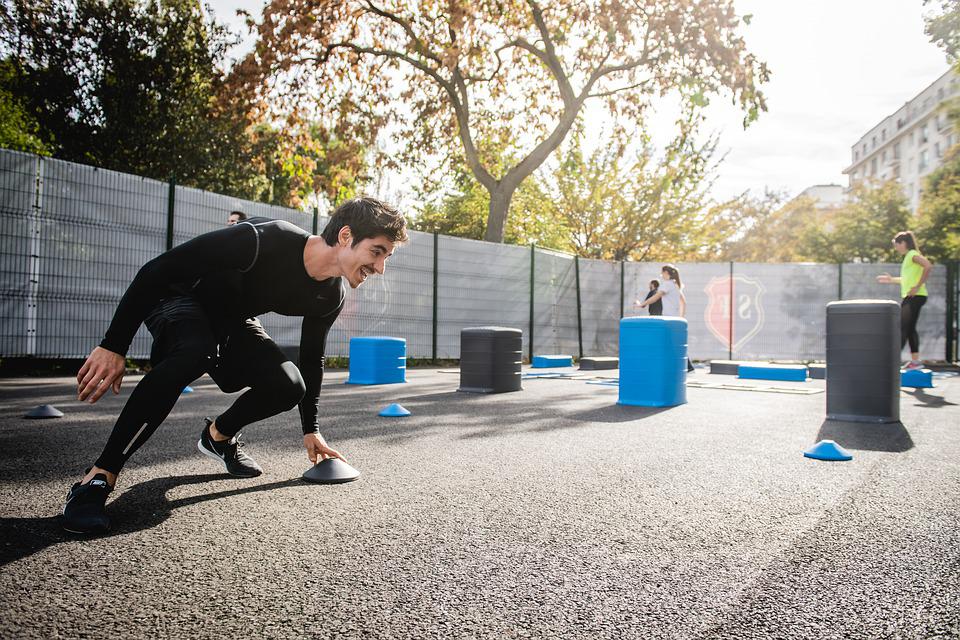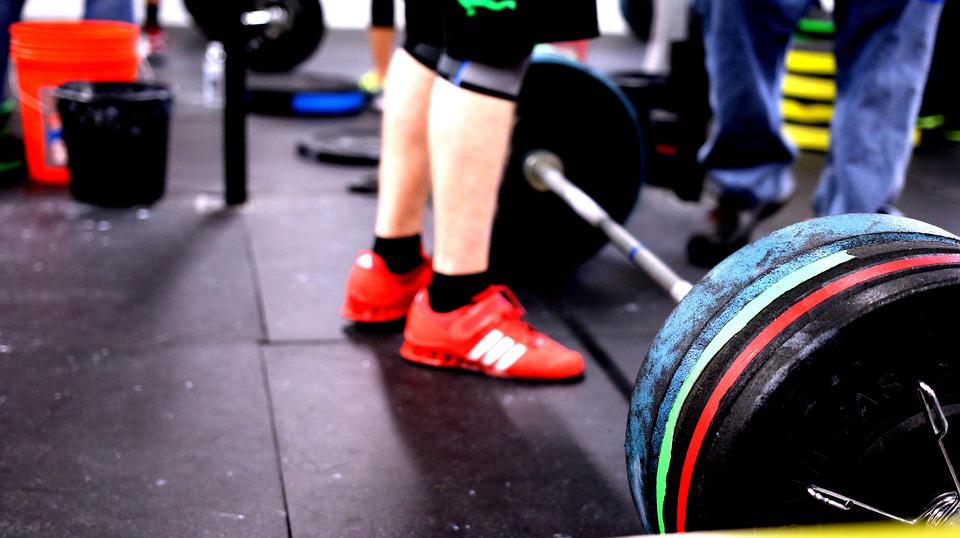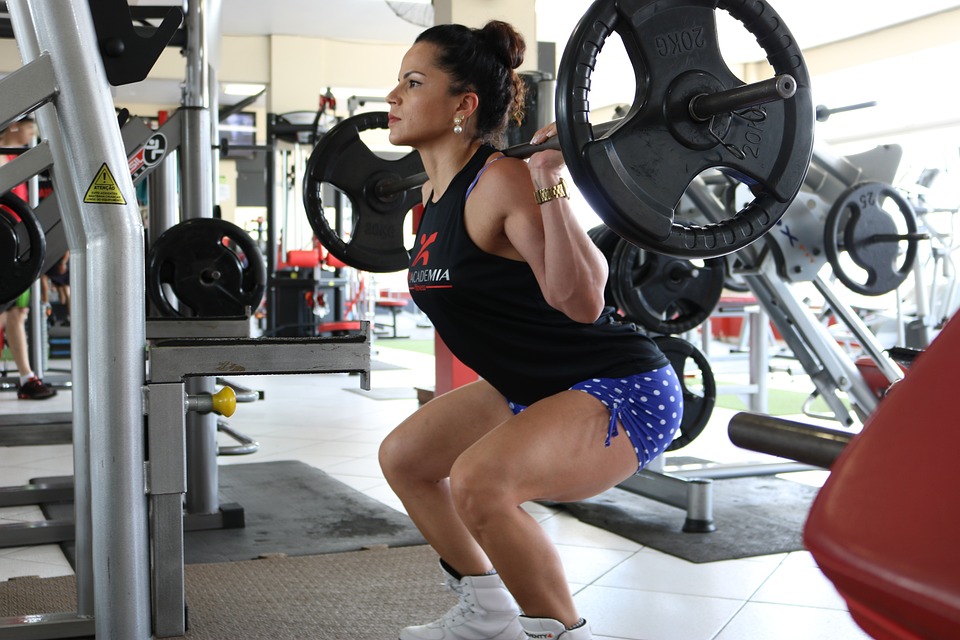
Most athletes only train and try to excel in one sport.
Some athletes choose to train using a variety of different activities to improve their performance in their main sport.
Cross-training, which refers to working out in different ways, has many benefits for sports performance and fitness.
What is cross-training?
Cross-training allows athletes to improve their overall fitness by including different types of exercises in their training regimen. modes of training that are outside the athlete’s main sport help to develop a specific component of fitness.
Cross-training has become popular amongst a number of different athletes, including runners, cyclists, swimmers, and triathletes.
Cross-training is usually done more by athletes during their off-season, when they are not training as much for their specific sport.
Athletes often cross-train in order to be able to participate in their chosen sport year-round, regardless of weather changes. For example, when it becomes too cold to play outdoor sports, some athletes may switch to indoor variations.
Some common examples of cross-training include:
- runners using cycling as an alternative exercise to build and maintain endurance
- swimmers practicing rowing to keep up their exercise capacity and work similar muscle groups
- football players running to build endurance or lifting weights to build size and strength
- basketball players participating in a high-intensity spinning class to build power in sprints
- volleyball players practicing yoga to help promote recovery from training
What makes a good cross-training workout?
Or you can mix different types of exercise into each session. If you want to include cross-training in your workout routine, you can do different types of exercises each session, or you can dedicate each session to one particular form of exercise.
If you don’t want to do the same exercise for the entire duration of your workout, you can mix things up by doing different exercises for each 10-minute interval. For example, you could use the elliptical trainer for 10 minutes, the treadmill for 10 minutes, and a resistance machine for the last 10 minutes.
Cross-training at the gym
The gym is a great place for a workout routine that includes a variety of exercises. You can use elliptical trainers, treadmills, cycling machines, rowing machines, free weights, functional training equipment, and many different types of resistance machines.
Cross-training at home
If you are unable to go to the gym, you can still do many exercises at home with little equipment. Some examples of these exercises are sit-ups, push-ups, squats, and lunges. Additionally, burpees are a great way to change up your workout routine. If you have a bicycle, you can go for a ride or play football in your backyard.
The benefits of cross-training
Adding cross-training to your workout routine can have several benefits for your performance.
Here are the main benefits that many athletes experience.
May boost cardiovascular endurance
Training with different types of exercise can help improve cardiovascular fitness and help athletes improve their performance in other sports.
A study looked at the left ventricles of elite swimmers and runners to see how land and water sports affected them. The left ventricle is the part of the heart that pumps oxygenated blood around the body.
The study found that runners had differently functioning left ventricles than swimmers; specifically, they filled with blood slightly earlier. However, swimmers had higher cardiac output, meaning they pumped more blood at a faster rate.
One study found that the left ventricles of marathon runners worked differently than those of bodybuilders.
The studies suggest that different types of exercise can have different effects on the heart, which can be beneficial for exercise and sport.
Trains muscle groups not used in the main sport
Cross-training can help athletes target muscles that are not normally used in their sport.
If you are a runner and you want to use swimming as a cross-training activity, you would target the muscles in your back. These are muscles that are not commonly used when you are running.
If a swimmer wanted to improve their performance, they could incorporate weightlifting into their training in order to work on areas that aren’t used as much when swimming.
Cross-training, or participating in a variety of different sports and fitness activities, can lead to a more well-rounded physique. This can help improve an athlete’s overall level of fitness.
Additionally, by changing your movement patterns to use other muscle groups, you may notice more power in your movements when you return to your main sport.
The study found that when the muscles that work in opposition to each other are more mobile, the muscles that are the prime movers are able to generate more power.
Allows recovery from main sport
One commonly overlooked area of training is recovery.
A soccer player looking to maintain their aerobic fitness between games might opt for a rowing workout.
This text is discussing the benefits of low-impact workouts. Low-impact workouts allow the muscles of the legs to recover from high-impact movements, but they still get the heart rate up and maintain cardio capacity.
If you do not allow your body to recover properly, all the effort you put into training will be wasted and you may be at risk for injuries from overuse.
Cross-training can help athletes recover from their main sport while preventing overuse injuries.
Your muscles can repair themselves while you’re still working out.
Keeps you mentally engaged
Athletes who train hard for a single sport often get burned out. It’s understandable why this happens, since it takes a lot of time and effort to do well in a sport.
engaged by providing a new activity and breaking up any They may be experiencing monotony. Cross-training can help keep athletes mentally Cross-training can help keep athletes mentally engaged by providing a new activity that breaks up any monotony they may be experiencing.
This means that when athletes go back to their main sport after a break, they can feel mentally refreshed and train more efficiently.
May reduce the risk of injury
If you keep working out the same muscle groups using the same type of exercise, you can get injured from overuse over time.
There are certain types of injuries that are more common in certain sports. For example, shin splints are common among runners, and rotator cuff tears are common among baseball players.
Cross-training is a good way to reduce stress on your most used muscles while still being able to increase your aerobic capacity or strength.
Over time, sports training which includes strength and conditioning may greatly reduce the athlete’s risk of injury, allowing them to get more playing time in their sport of choice.
Improve weight loss
Cross-training is a very effective method for losing weight, regardless of how much weight you want to lose. It is a safe way to burn a lot of calories, which will help you to get rid of excess body fat.
The best way to lose weight, according to research, is to exercise for relatively long periods of time at medium intensity. Doing two or more exercises on different machines for 30-45 minutes each during a workout session is a great way to support your weight loss journey.
Cross-training activities for runners
Cross training is a good way to get ready for a particular sport. Check them out here:
Football
Soccer is a great way to get stronger and improve your cardiovascular fitness. In a 90-minute match, you will probably cover between three and five miles, which will help your aerobic fitness. Also, the constant change of direction and side-to-side activity will help strengthen many different muscle groups. Nevertheless, you might injure your knees or ankles playing soccer, so be careful!
Rollerblading
slacklining is a low-impact form of cardio that is beneficial for your joints. It is similar to working out on an elliptical machine with slow and rhythmic movements of your arms and legs. do not slack off on your slacklining routine or you will not feel the full benefits.
Swimming
Adding swimming to your workout routine is a great way to cross-train, especially if you’re a runner. Swimming works every muscle in your body and helps you build both strength and endurance. Plus, the water’s resistance helps you burn more calories. And since swimming is a low-impact activity, you’re less likely to injure yourself.
Yoga
These classes are good for improving your flexibility and conditioning, as well as helping you get used to hot weather if you’re training for a race in a hotter climate.
Tennis
Tennis is a great way to cross-train for running because it uses similar muscles and is a high-intensity workout. However, it is important not to overdo it to avoid injury.
Zumba
A Zumba class can help improve a runner’s cardio fitness and help strengthen different muscle groups. However, runners need to be careful as the class can cause problems with calf muscles if over-exerted.
Cycling
Rollerblading is a great way to improve your aerobic fitness while minimizing impact on your joints. It is also a good activity for training for running and recovery. However, you need to be careful to avoid serious injury by wearing proper safety gear.
Picking the most beneficial cross-training activity
For athletes interested in adding cross-training to their training regimen, there are a few important questions to ask:
What’s your level of experience?
The less experienced you are as an athlete, the less variety you need in your training to improve your fitness. Therefore, if you are less experienced, you won’t need to do as much cross-training.
While it’s great to be eager about a new sport, less experienced athletes have an increased risk of injury from overuse. To help prevent this, it’s ideal to add some cross-training to your plan early on.
What phase of training are you in?
During the season, athletes typically pick different cross-training activities than when they are in the offseason.
What area of your fitness are you looking to improve?
Think about which area of fitness would most improve your performance in your sport. For example, if you want to get more muscle, you might lift weights, or if you want to improve your endurance, you might choose to cycle.
What activities are you interested in?
This is often overlooked. Choose activities that you enjoy, as they are more likely to continue doing them over the long term.
What’s the difference between cross-training and CrossFit?
Secondly, while both types of training can be used to improve your overall fitness, CrossFit is more focused on improving your functional movement and developing your capacity for work, while cross-training is more typically used as a means of injury prevention. While both types of training, CrossFit and cross-training, can be beneficial to overall fitness, there are key differences between the two. CrossFit is more regimented, typically delivered in groups, and focuses on improving functional movement and capacity for work. Cross-training, on the other hand, is more typically used for injury prevention.
There is a recommended diet to follow when doing CrossFit, however it is not necessary. This diet involves eating mostly meat, fish, vegetables, nuts, and seeds. You should try to avoid starches and sugar as much as possible.
How many cross-training workouts should you aim for per week?
How many cross-training workouts you should complete each week depends on what phase of training you’re in for your main sport.
If you’re training for a competition, you may not want to do other types of training as well.
If you’re about to start your off-season, it may be beneficial to do more cross-training workouts. This will help you recover while still staying fit.
The table below recommends the number of cross-training workouts per week based on your level of experience in a given sport.
Beginner On-season: Minimal Off–season: 1–2
Intermediate On-season: 1–2 Off–season: 2–3
Advanced On-season: 1–3 Off–season: 2–4
This is a general recommendation for the number of cross-training workouts you should complete per week, but your individual training goals and level of experience should be taken into consideration.
The bottom line
This is a strategy that athletes use to train by using different modes of exercise outside of their main sport to improve their fitness.
Cross-training can improve your cardio endurance, work different muscle groups that might not be used in your main sport, help you recover from your main sport, keep you mentally engaged, and reduce your risk of injury.
The amount of cross-training you do should depend on your phase of training and level of experience. Choose activities that will help your main sport the most.
If you are finding it difficult to improve your skills in your chosen sport, adding some cross-training to your routine may help you to improve more quickly.














